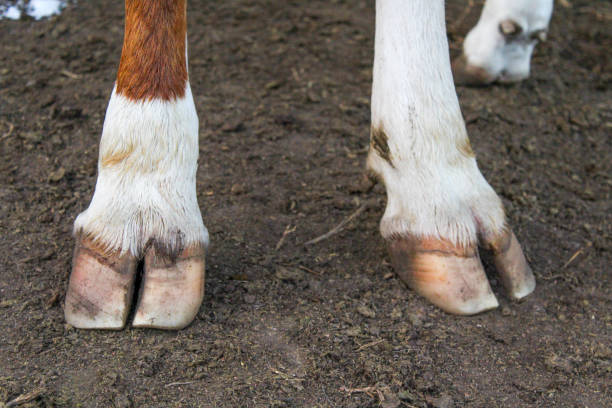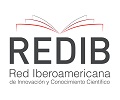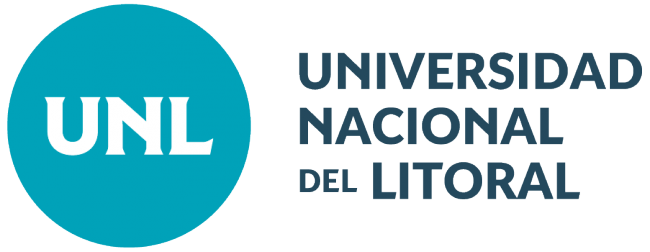Clinical and radiological evaluation of bovine hoofs: A postmortem study
DOI:
https://doi.org/10.14409/favecv.2025.1.e0043Keywords:
bovine, dorsal wall length, hoof, hoof angleAbstract
The aim of this study was to evaluate the findings obtained from clinical, radiographic and cross-sectional examination of 36 cattle hoofs randomly taken from the slaughterhouse. In the study, it was determined that there were significant differences in the distribution ranges and frequencies, although the averages were normal when looking at the structural characteristics of the hoofs (hoof angle, dorsal wall length, etc.). Also, clinical examination of the base and examination of the cross-sectional surface of the hoof according to hoof radiography revealed different findings. In conclusion, this study demonstrated that hoof care is not only a treatment method for foot and hoof diseases but also a routine procedure in cattle breeding.
References
Akın İ. 2008. The relationship between the histological quality of the newly formed hoof tissue and the levels of trace elements in blood serum and hoof tissues during the recovery period of some hoof diseases in dairy cows. PhD Thesis, Bursa, Turkey. Bursa Uludag University, Institute of Health Sciences.
Blowey RW. 2016. The veterinary book for dairy farmers. Ed. 5M Publishing, Sheffield. 330-341 pp.
Canatan U. 2020. Comparative investigation of the foot biomechanic with the morphological, radiological, pathological and sole load distribution results in cattle in province of bursa: A randomized ex-vivo study. PhD Thesis, Bursa, Turkey. Bursa Uludag University, Institute of Health Sciences.
Çeçen G. 2014. Lameness and foot diseases in cattle: diagnosis, treatment techniques and case atlas (1. edition). Sentez Publishing.
Greenough PR, Weaver AD, Brom DM, Esslemont RJ, Galindo FA. 1997. Basic concepts of bovine lameness. In: Greenough PR, Weaver AD (eds). Lameness in cattle (3rd ed.). Philadelphia: WB Saunders Company.
Keskin E. 2016. Observations on the incidence and treatment of foot diseases of cattle in Gaziantep region. Master's Thesis, Elazığ, Turkey. Firat University, Institute of Health Sciences.
Nuss K, Sauter-Louis C, Sigmund B. 2011. Measurements of forelimb claw dimensions in cows using a standardised sole thickness: A post-mortem study. Vet. J. 190: 84-89. DOI: 10.1016/j.tvjl.2010.10.002.
Özsoy S. 1990. Comparative studies on the etiology, pathogenesis and treatments of foot diseases in cultured cattle in Istanbul and its surroundings. PhD Thesis, Istanbul, Turkey. Istanbul University, Institute of Health Sciences.
Pasquini C, Spurgeon T, Pasquini S. 2003. Anotomy of domestic animals, systemic and regional approach (10th Edition). Sudz Publishing.
Pirci B. 2011. Examination of the cattle foot housed in the Kayseri/Develi agricultural milking farm and treatment of foot disorders. Master's Thesis, Kayseri, Turkey. Kayseri Erciyes University, Institute of Health Sciences.
Raven ET. 1987. Cattle foot care and claw trimming (1st ed.). Farming Press Books.
Sümbüloğlu K, Sümbüloğlu V. 2019. Biostatistics (19th ed.). Hatiboglu Publishing House.
Yavru N, Özkan K, Elma E. 1989. Ayak hastalıkları ve ortopedi. (1. baskı). SÜ Vet. Fak. Basım Ofset Matbaası.

Downloads
Published
How to Cite
Issue
Section
License
Copyright (c) 2025 Eren POLAT, Batuha CAN, Arda EYVAZ

This work is licensed under a Creative Commons Attribution-NonCommercial-ShareAlike 4.0 International License.
FAVE Sección Ciencias Veterinarias ratifies the open access model, in which contents (in full) are available free to anyone in the internet. The costs of production and publication are not transfered to the authors. This policy intends to break social and economical barriers that generate inequities in the access to information, and for the publication of research results.
All articles can be accessed at http://bibliotecavirtual.unl.edu.ar/publicaciones/index.php/FAVEveterinaria/issue/current/, under license Creative CommonsAtribución-NoComercial-Compartir Igual 4.0 Internacional.










